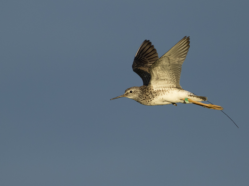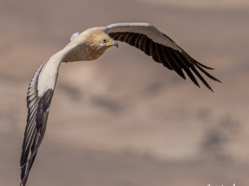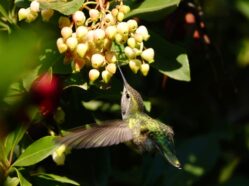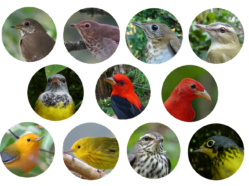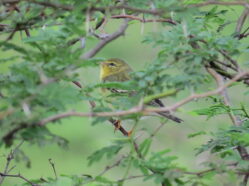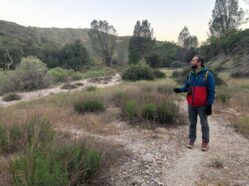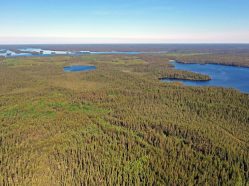Advances in Avian Diet: Methods and Applications, Part 2
By Sabrina S. Taylor, Senior Editor, Ornithology A Special Feature bringing together a series of papers highlighting Advances in Avian Diet: Methods and Applications in the AOS journals Ornithology and Ornithological Applications has published the next two papers of the series in the February 2022 issue of Ornithological Applications (see the links below or the …

